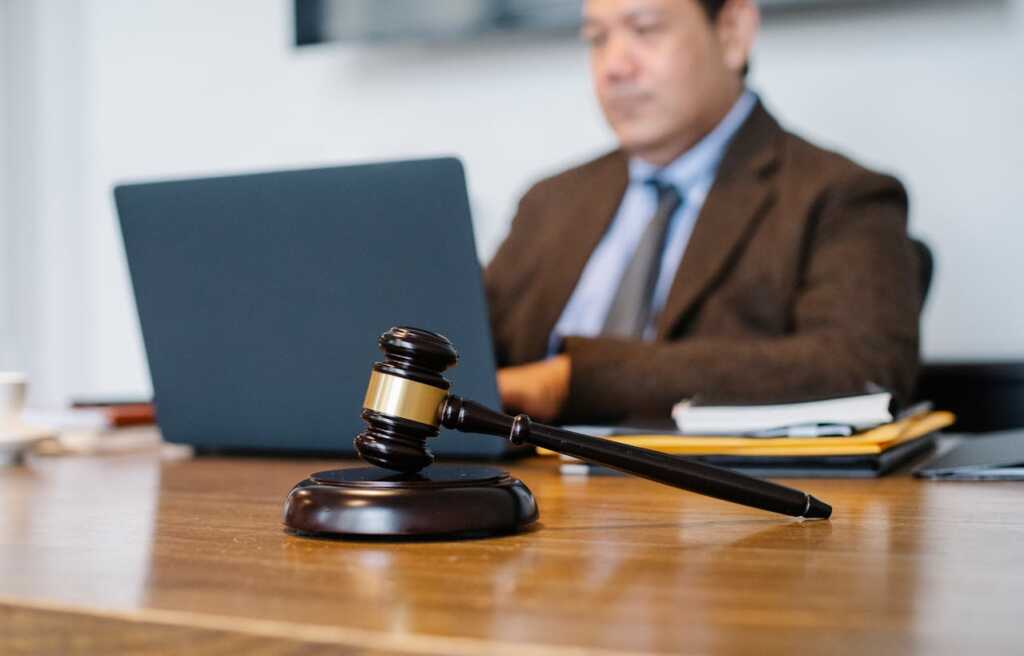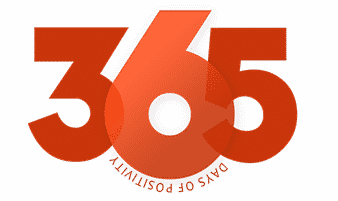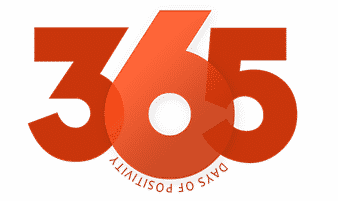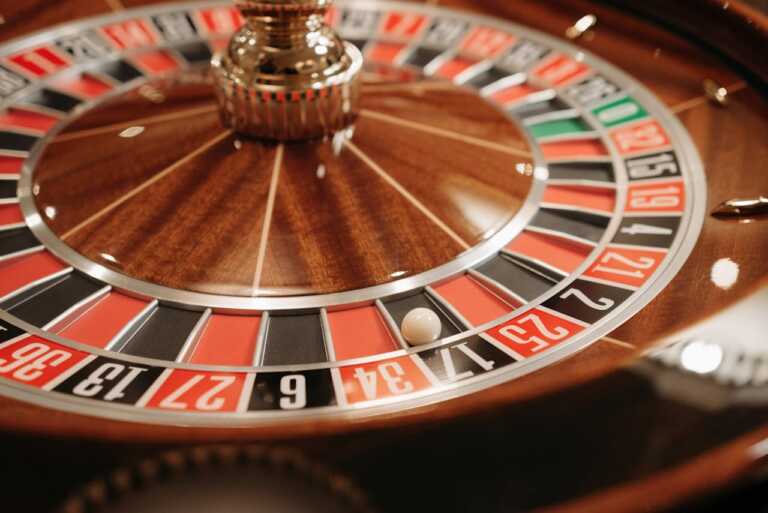
Slip and fall accidents can happen anywhere, but when they occur in stadiums, the legal implications can be unique. In California, slip and fall laws are designed to ensure that property owners maintain safe environments for visitors. Stadiums, which host thousands of people for various events, must adhere to strict safety standards. Understanding how these laws apply to stadiums is important for both attendees and venue operators. Whether it’s a spilled drink on the stairs or a poorly lit walkway, the specifics of California law can determine the outcome of a claim. Here’s a look at how these laws apply to stadium accidents.
Premises Liability in California
Premises liability is the concept by law that holds property owners responsible for serious injuries or accidents that take place on their property. In California, this means that stadium owners have a duty to keep their premises safe for visitors. If someone is injured in a slip and fall accident at a stadium, they may be able to file a premises liability claim. This type of claim asserts that the stadium owner was negligent in maintaining the property. For a successful claim, the injured party must prove that the owner knew or should have known about the hazardous condition. This might involve showing that the owner failed to fix the issue or did not provide adequate warnings.
Duty of Care and Breach
In California, stadium owners owe a duty of care to their visitors. This means they must take reasonable steps to prevent accidents. The duty of care includes regular inspections, timely repairs, and adequate warnings of potential hazards. A breach of this duty can form the basis of a slip and fall claim. For instance, if a stadium fails to clean up a spill in a reasonable time, it could be seen as a breach of duty. Similarly, if the lighting in a stairwell is insufficient and leads to a fall, this could also constitute a breach. The key is showing that the stadium’s actions, or lack thereof, directly led to the accident.
Comparative Negligence
California follows a comparative negligence rule in slip and fall cases. This implies that if the injured party is determined to be partially responsible for the accident, their compensation may be diminished. For example, if someone is texting while walking and slips on a wet floor, they might share some responsibility. The court will assess the degree of fault of both the stadium and the injured person. If the injured party is found to be 20% at fault, their compensation will be reduced by that percentage. This rule ensures that liability is fairly distributed based on the circumstances of the accident.

Proving Negligence in Stadium Accidents
Proving negligence in a stadium slip and fall case involves several key elements. First, the injured party must show that the stadium owner had a duty of care. Next, they must demonstrate that this duty was breached. This could involve presenting evidence such as maintenance records or witness testimony. Then, It must be proven that the breach directly resulted in the injury. Finally, the injured party must prove that they suffered damages, such as medical bills or lost wages. Collecting and presenting this evidence can be complex, so legal representation is often necessary.
Common Defenses Used by Stadium Owners
Stadium owners have several defenses they might use against slip and fall claims. One common defense is arguing that the hazard was open and obvious. If a danger is clearly visible, the injured party is expected to avoid it. Another defense is that the injured person was trespassing in a restricted area. Additionally, stadium owners might claim that the injured party was engaging in risky behavior that contributed to the accident. By presenting these defenses, stadium owners aim to reduce or eliminate their liability. Each case is unique, so the effectiveness of these defenses varies.
Understanding how slip and fall laws in California apply to stadium accidents is crucial for both visitors and stadium operators. These laws ensure that stadiums maintain safe environments and address potential hazards promptly. Stadium owners must adhere to a duty of care, regularly inspect their premises, and make necessary repairs to prevent accidents. Visitors, on the other hand, must be aware of their surroundings and avoid obvious dangers. When accidents do happen, proving negligence involves demonstrating that the stadium owner failed to meet their duty of care. In the end, both parties play a role in ensuring safety and addressing incidents when they occur.





